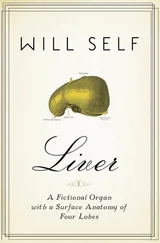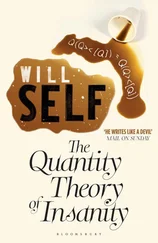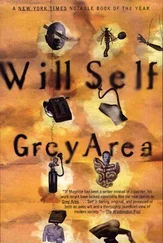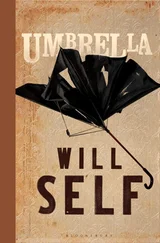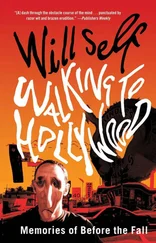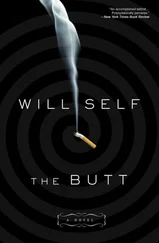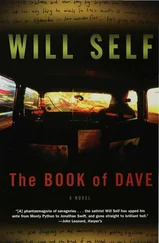At Cedar Rapids Airport the boy and I rent my usual sloppy General Motors coupé. ‘Make it as sloppy as possible,’ I tell the girl at the Alamo desk. ‘I want that transmission to feel like a slack rubber band, and the suspension to make the car handle like a manatee wallowing in the Everglades.’ She looks at me askance — which is a difficult thing to do if you’re an Iowan, what with fat eyeballs an’ all. ‘We’ve a day to kill,’ I continue. ‘What is there worth seeing in this neck of the woods?’ To the girl’s credit she rises to the occasion: ‘I can recommend the Amana Colonies, sir,’ she says, ‘out on Route 151. They’re real inneresting. .’ (‘Real inneresting’: to my ear it sounds like a state of Buddhist contentment) ‘. . there’s exhibits, and the old houses where they lived — it was a religious community one time — and there’s good stuff to eat.’
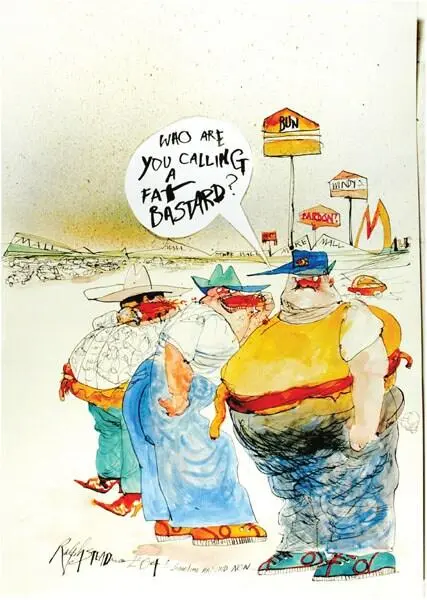
Eat, yeah, I know your game. Still, it sounds good to me. I’d drive miles to see the remains of any old godforsaken religious community so long as there’s a gift shop. But the boy is tugging at my sleeve: ‘Dad, don’t forget. .’ ‘Oh yes,’ I turn back, ‘what about a mall? My boy here wants to visit a nice big mall.’ ‘The biggest mall hereabouts is down at Coralville, sir, right on Route 380, you just head right on from the Amana Colonies.’ ‘Well, we’ll do that then.’ ‘You have a nice day, sir.’
The coupé is as sloppy as a blancmange and I smear it along the road past prosperous farms with silvery grain silos and four-square red barns. Occasionally we pass a mirror-shiny tanker and I see the coupé, me and the boy reflected in its fat belly. The Amana Colonies are nothing much to look at: a few clapboard houses full of Germanic heirlooms, a handful of barns scattered with bits of old farming equipment. The Amana were, it transpires, socialistic and pious. They were resistant to modernity, but not quite resistant enough — so the combine harvester of Progress crushed them flat and rolled right over them.
In this neck of the woods you have to be truly outlandish to survive as a religious sect. You have to be like the Amish and reject even the button. The Amish are so out there that the word is they’re heavily stuck into the drugs trade in Des Moines. Not that they use the stuff themselves, you unnerstand; it’s just that, what with farm prices falling, and the Gentiles so hungry for the stuff, it has to be one of God’s ways of providing for the Chosen.
We eat in the restaurant at Amana. It looks like the sort of joint that would be made out of gingerbread in a Grimm Bros. production, and the food is all sugar and fat to match this. The boy can’t handle it — and who can blame him? He longs only for Coralville and the promised mall. Back in the coupé we noodle through Homestead and Oxford, then pull up in the humungous car park next to the retail behemoth.
The mall was worth the journey. It’s so big it has a multiplex, an ice rink, numerous cafés and retail outlets arrayed along what seems like half a kilometre of temperature-controlled atrium. But most alluring of all is the gun store. This is what the boy really wanted to see: hundreds of shooting rifles, handguns, semi-automatic weapons, and all the ammunition to go with them. For a Brit boy it’s simply inconceivable that this much firepower can be available in what, to all intents and purposes, looks like suburbia.
I call his attention to the fact that we’re out in the sticks really, and that behind every one of them crouches a proud American who is crazy for the hunt. I point out to him the flotillas of decoy ducks and geese, the foldaway boats, the self-assembling hides, but he isn’t fooled for a second. He’s seen those Iowans, those great big, lumbering Iowans, who are themselves like decoy humans: bigger than life size so as to confuse their enemies; fool them into misjudging their descent, so that when they try and join them, they crash instead into the iron-hard ground.
The impact of civil disturbance on the built environment is a source of pure joy for even the most conformist of salarymen and women. An external threat to a city, whether in the form of armies of lovelorn Greeks, Nazi bombardiers or even DIY suicide bombers, serves to shore up the great bulwark of temporal power; but when the citizenry themselves loft bricks into the state apartments and take torches to the bureaucracy, then only the most hardened of hearts can remain unmoved.
Most ancient cities are constructed around a citadel, within which the powers that be can retreat in times of riot, taking with them their idols and their gods. However, in the modern era these Kremlins have been replaced with broad boulevards, too wide for barricades, and allowing a clear line of fire for artillery. An important part of urban renewal has always been securing lines of retreat for despots and demagogues. Don’t be fooled by all that tommyrot about affordable housing: look at Paris, for Christ’s sake.
London owes its status as the seat of the oldest extant representative government in the world as much to its riot-friendly squares and tortuous roadways as it does to any real democracy. The London mob has always revelled in its ability to strike total fear into the apparatchiks, whether Royalists, Parliamentarians or New Labourites. A fact often passed over in silence is that we have a singular act of immolation to thank for the neo-Gothic monstrosity of the current Palace of Westminster. The old Palace was burnt down in 1834 when the elm-wood sticks, once used to record the accounts of the Court of Exchequer, were disposed of in the furnace beneath the House of Lords. The London mob, doubtless admiring of this auto-destruction, stood watching the conflagration and cheering in a jolly, Dickensian fashion.
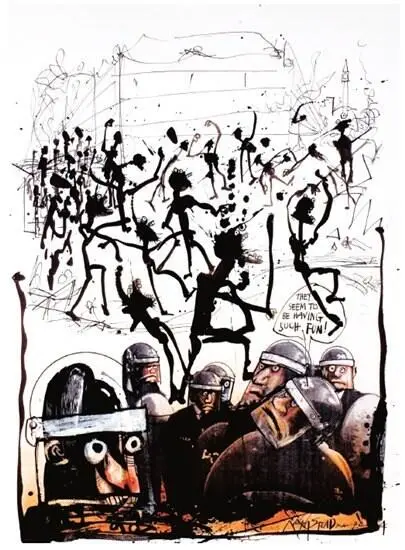
Each age of London has had the mob it deserves, from muscular apprentices running amok in the City to face-metal-sporting anti-capitalists (a curiously oxymoronic allegiance) fitting the statue of Winnie with a turf toupee. Last year’s massive anti-war rallies turned Hyde Park into some occidental version of the Kumbha Mela, as untold thousands of provincial liberals gathered on the banks of the Serpentine to worship the general secretaries of schismatic unions. Crowds and mobs dislocate urban space, rendering the familiar outlandish and transmogrifying innocent pieces of street furniture into potentially lethal weapons. My God! you wail internally, I’m about to be kebabed on a litter bin by a straining phalanx of vegetarians!
The most exciting événement I’ve ever been caught up in was the Poll Tax riot of March 1990. Somewhat perversely — and apolitically — I’d taken the Tube into town to see a movie. I can’t remember which movie it was, but I do recall that it was set in a desert, and I was looking forward to swapping breezy springtime London for a baking and sable expanse. Instead, I popped out of the intestines of the city to discover the West End in full fart. I was emerging on to the Charing Cross Road at exactly the time when the Metropolitan Police had lost control of the rioters in Trafalgar Square and were retreating in an orderly fashion in the direction of Cambridge Circus. So measured and theatrical was the riot that I had time to appreciate the way the police formed up into small shielded testudos, lost ground, broke, then reformed, as bottles and bricks crashed down on Plexiglas.
The rioters had got hold of scaffolding poles — which I thought a tad outré — and were doing their best to skewer the constabulary, but despite what was a quite desperate situation, the mounted police — presumably frightened out of their wits — were marshalling the crowds in the side streets in inimitable fashion. One reined his mount in front of me and said: ‘Would you terribly mind moving back a little bit, sir?’
Читать дальше



